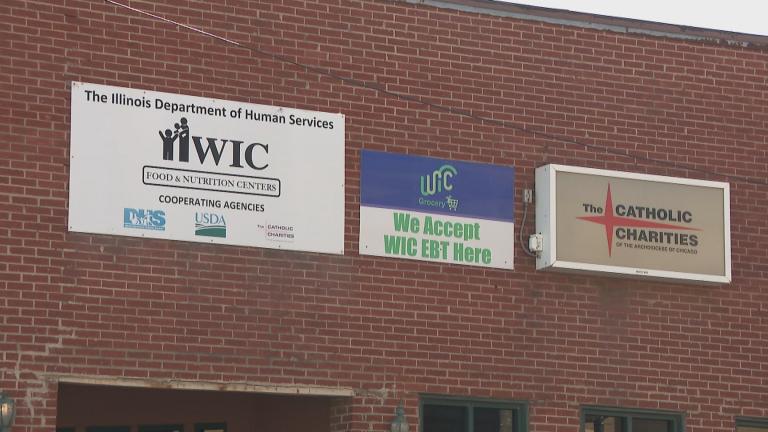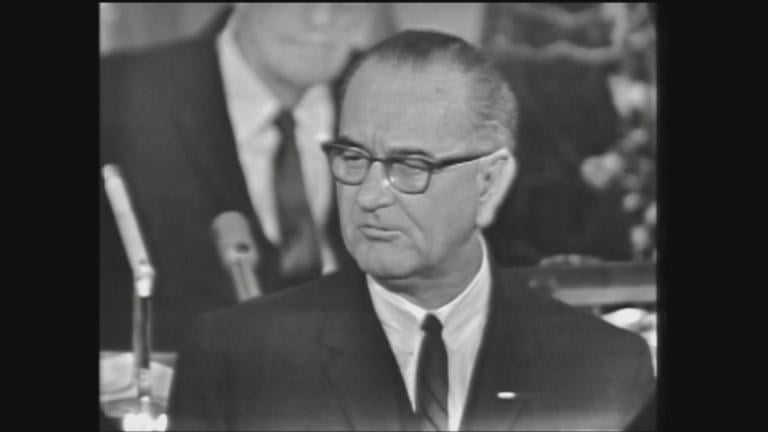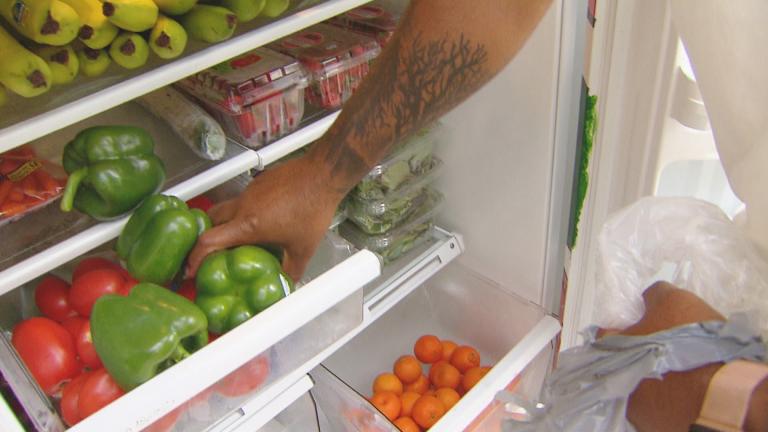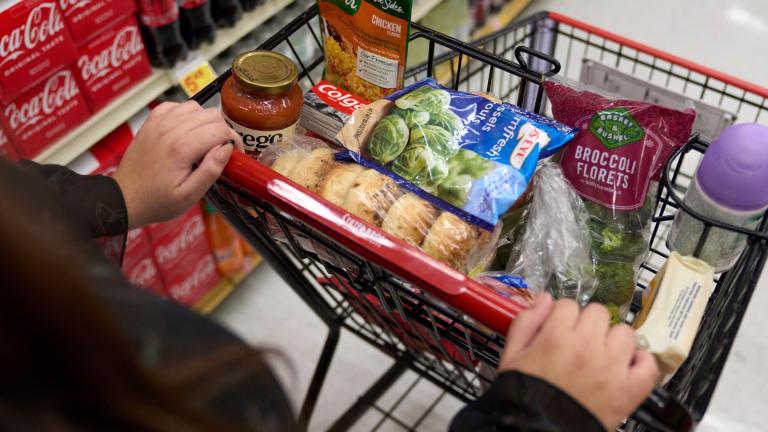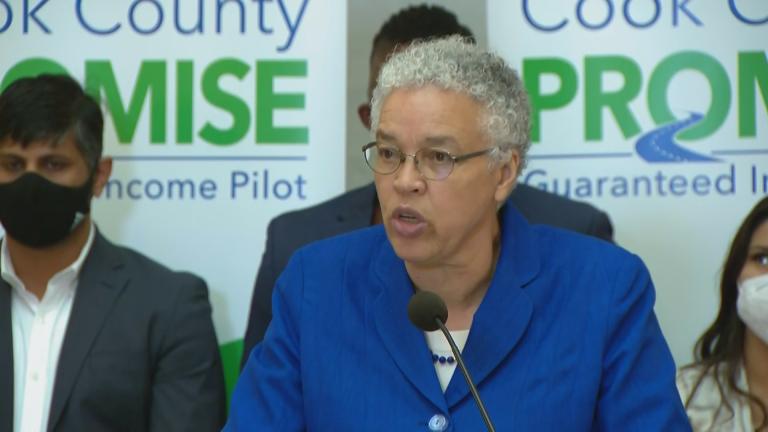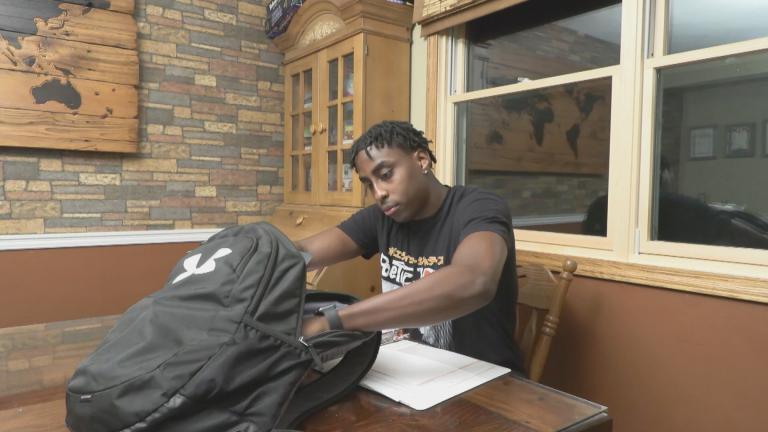If you’ve already done your grocery shopping, you may have noticed the cost of Thanksgiving dinner has gone up this year.
For families already stretching to make ends meet, this might mean seeking help from local food pantries. Many Chicago-area pantries are reporting a significant increase in demand of late.
Kate Maher, executive director and CEO of the Greater Chicago Food Depository, says they’re seeing a 35% increase compared to last year. Those numbers are similar to what the depository saw at the beginning of the COVID-19 pandemic. But that 35% is much more impactful this year because of inflation.
“The particular type of inflation right now is challenging, not just because it means that more people are showing up as food pantries, it’s also challenging because we are paying more for the food that we have to deliver to those pantries,” Maher said. “So about 50% of the food that we distribute is food that we are purchasing, and we are spending a lot more money on that food.”
Maher says the depository spent $1 million more this year on food because of inflation.
Another reason for the increased need is the rollback of support from government programs that existed at the start of the pandemic, Maher said.
“There were some programs in the early days of the pandemic that provided government food assistance. We needed that,” Maher said. “But those programs have sunset. And so we are back to relying on donated food and then food that we purchase and that food that we purchase in the case of the Greater Chicago Food Depository.”
Michele Zurakowski is the CEO of Beyond Hunger in Oak Park, which serves families in the West Side of Chicago and Chicago’s western suburbs. She points out that gas prices have also had a big impact on the families her organization serves.
“A lot of people just can’t keep up with inflation and particularly gasoline,” said Zurakowski. “I think a lot of it has to do with were dependent on our cars to get to jobs, and with gas prices so high, that’s really been a determining factor for a lot of people.”
Beyond Hunger has seen an increase in demand of about 40%, Zurakowski said. One way the pantry is trying to create a more sustainable food system is relying on local food producers.
“We’re looking at trying to purchase food from local farmers and distributors, so that enables us to move the money around to create more system,” Zurakowski said.
Margaret O’Conor is executive director of Common Pantry on the North Side of Chicago, which went from serving about 386 families last year to 650 this year.
“It’s a domino effect. People can’t afford their food because it costs too much, and likewise, people can’t donate as much either,” she said.
Common Pantry has also had to increase their food purchases by about 36%. O’Conor says they are still getting monetary donations, but their rescue program through local grocery stores has seen a dip.
“It really just comes down to inflation. Not being able to recognize that this time last year, what the landscape would look like, that’s where we’re really seeing the impact,” she said.
With increased demand, food pantries also need more volunteers to serve the communities. If you are interested in making a food, monetary donation or interested in volunteering, you can find more information on the orginazations’ websites.

